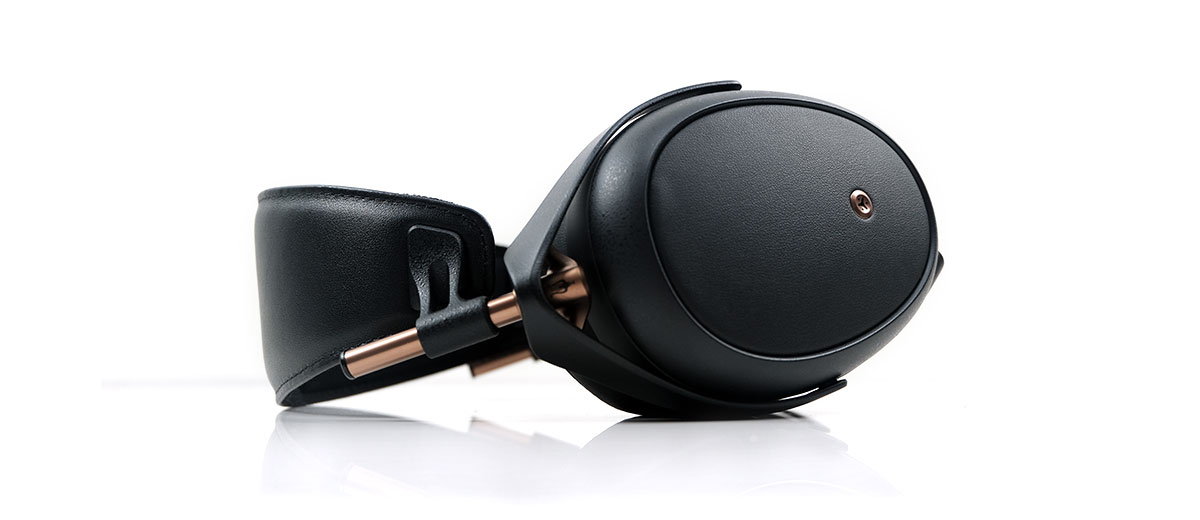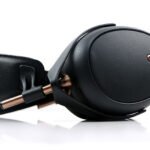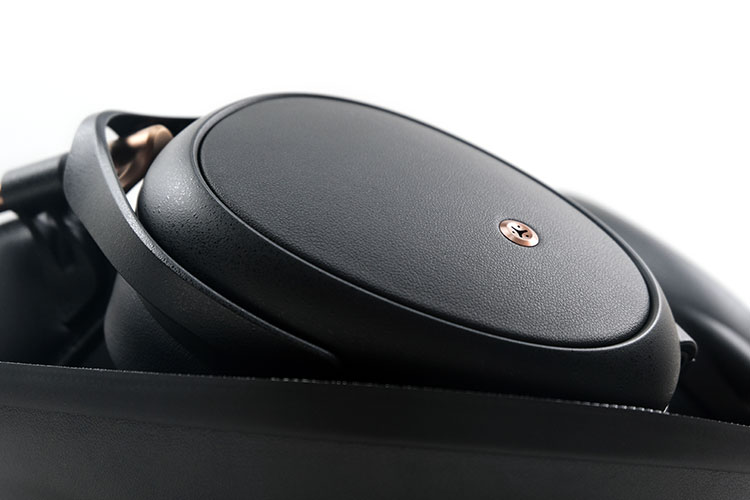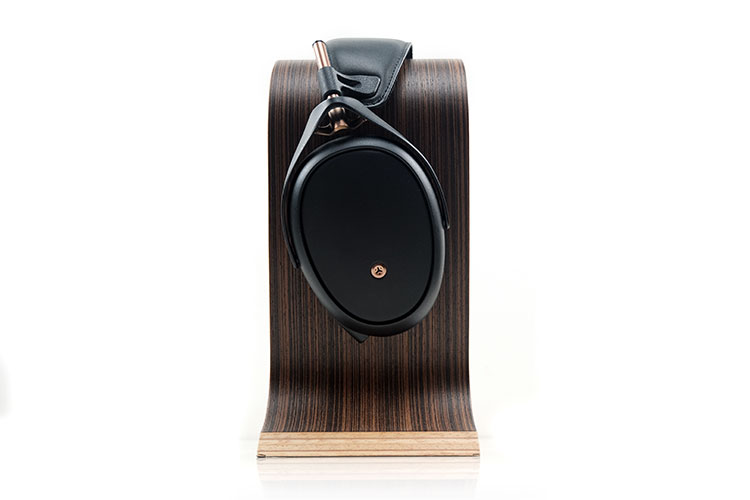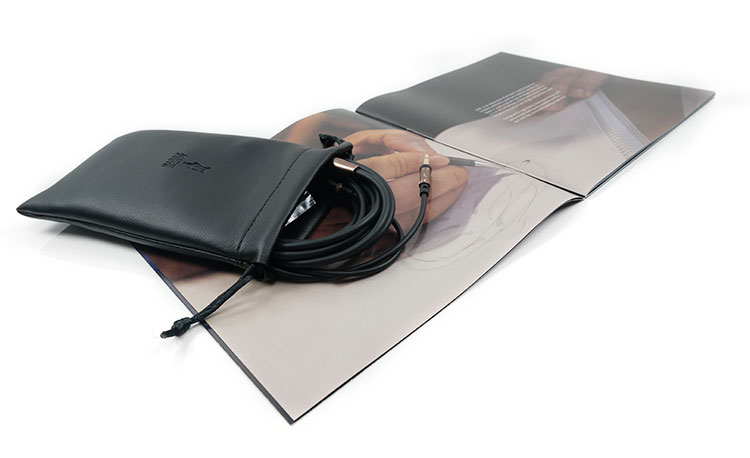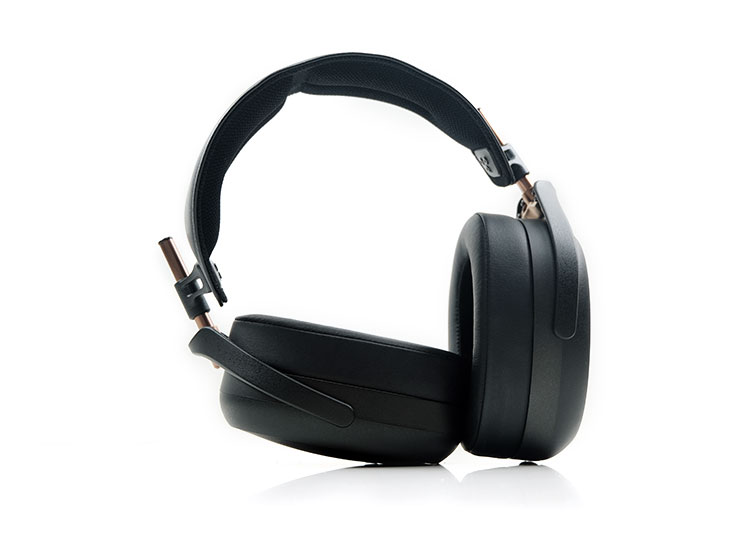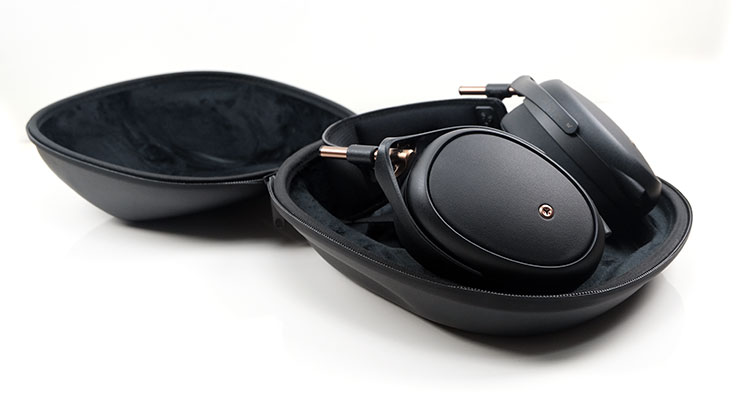In today’s feature, we review the Meze Audio Liric which is the company’s debut high-end closed-back headphones using Rinaro’s Isodynamic hybrid array drivers. It is priced at $2000.
Disclaimer: This was sent to us as a sample for our honest opinion. Headfonics is an independent website with no affiliate links or services. We thank Meze for this opportunity.
To learn more about Meze Audio gear covered on Headfonics you can click here.
Note, this article follows our latest scoring guidelines which you can read up on here.
The launch of the Elite was somewhat expected given the Empyrean timeline a few years back. However, the new Liric came as a surprise to me and quite possibly a few of you also.
Not just because it is hot on the heels of the Elite launch but also because it is a closed-back planar, of which, there is not a huge number of them kicking around out there.
Closed-back planars have been few and far between until recently so the addition of the Liric to what is a sparsely filled niche is most welcome.
Priced at $2000, it is half the price of the TOTL closed-back DCA Stealth and the Elite. Heck, it is $1000 cheaper than the open-back Empyrean making it Meze’s most affordable Isodynamic hybrid array driver headphone to date.
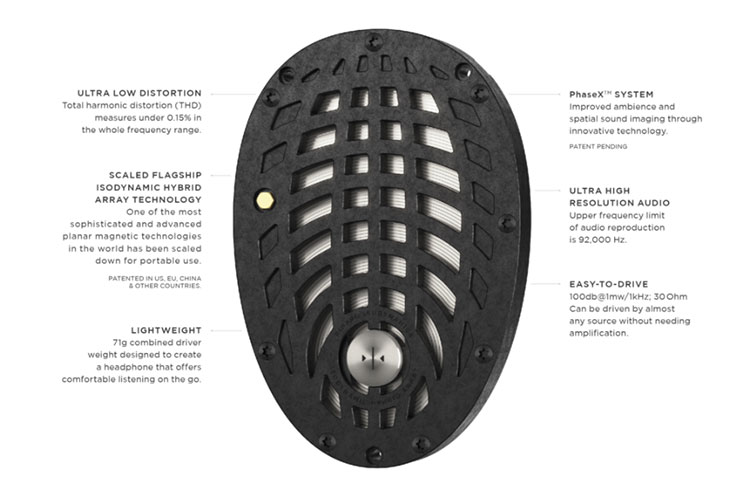
Tech Inside
Nomenclature
Despite all three of Meze’s high-end headphones using an Isodynamic hybrid array driver, the specs and name of each are in fact a little bit different. In the case of the Liric, we have a new MZ4 driver, whereas the Empyrean uses an MZ3, and the Elite an MZ3SE.
The MZ3SE driver features Rinaro Parus® a completely re-engineered diaphragm from the original MZ3 and should be considered a different beast altogether. You can find more in-depth details on the Elite driver construction here, and the original Empyrean driver here.
MZ4 Driver
The scaled-down Liric MZ4 is closer in its origins to the Empyrean MZ3 driver’s switchback and spiral-shaped voice coils but with the addition of a new Phase-X™ system. This system is designed to combat traditional closed-back acoustical issues such as imaging accuracy, distortion, and perceived staging size.
Other changed characteristics include reinforced polymer instead of fiberglass ABS for the driver housing and a lower weight by up to 50% compared to the MZ3. However, it is also a smaller driver with a reduced active area of 3507mm² as opposed to 4650mm² on the Empyrean driver.
In combination, and to further enhance the perception of air in an otherwise enclosed acoustical space, Meze has upscaled its PES system that was first seen on the Rai Penta IEM and implemented it on the Liric.
Meze does mention that it is slightly improved from the Rai Penta version but the effect is much the same. This is a pressurized equalization system or venting structure that improves the airflow into the acoustic chamber and moves air away from the drivers to help balance the chamber pressure.
In doing so, the Liric ideally should benefit from aspects of a semi-open design with improved air in the presentation and less of a closed-in artificial feel to the staging.
Design
Aesthetics
The Liric design language is 100% Meze though you can clearly in the picture above see the final aesthetic is more subtle than the grandiose finish of both the Empyrean and the Elite.
Now what I mean by 100% Meze is the beautiful black ovoid cup shaping accented with those distinctive arched gimbals and copper-coated aluminum headband adjusting rods. There is no mistaking it belongs to the same ‘design flow’ family as the Elite and the Empyrean.
However, the changes are most noticeable on the cup faceplates and headband structure and slightly more subtle on the gimbal articulation.
Instead of that intricate ‘quasi-Persian” grill finish of the open-back Empyrean, you now get a subtle matte black leather plate surrounded by magnesium cups finished with a black splatter coat textured surface reminiscent of Nikon camera bodies.
As with the flagships, the subtly curved connector housing is molded into the main cups using slimmer 3.5mm connectors.
The Liric gimbals are no longer stretched over the cups with an articulating hinge. Instead, we have a slightly more traditional magnesium frame with a low-profile arch with articulation generated from picot screws on either side.
Technically, the Liric cups have a bit more vertical movement than the Empyrean cups. However, I think that needed to be the case as the traditional spring steel headband is not as pliant or flexible as the carbon fiber equivalent on the Empyrean.
Dimensions
The smaller driver inside the Liric also means smaller cups and overall, the headphone is indeed more compact than either the Empyrean or the Elite. You also have slimmer pads and a lower-profile headband further reducing overall dimensions and a decrease of nearly 40g over the Empyrean weight.
Stock Cable
The Liric comes with two cables, both of similar design but tweaked in terms of length to differentiate their usage with a supplied adapter for desktop amplifier connectivity.
The first is a 1.5m cable finished with a soft black TPE jacket and terminated with a 3.5mm single-ended jack. The second is much the same only longer at 3m for home or desktop audio use. I presume filled with OCC copper wire though as to what gauge or geometry I am unsure.
Meze has thrown in both an airline adapter and a 6.35mm conversion plug that you can use with both depending on your needs.
The connectors are 3.5mm mono plugs similar to the ones HIFIMAN uses which is just as well for testing because the one thing missing in the Liric package is a balanced alternative in 4.4mm Pentaconn or XLR.
Both cables are very light and attractively accented with slim and lightweight copper-tone aluminum barrels at both ends including the splitter. Memory retention is low to non-existent though a slight amount of microphonics travels up and into the cups when strongly tapped below the splitter.
Comfort & Isolation
At 391g the Liric is a fairly comfortable headphone to wear. Much of that is down to the excellent pad materials being used combined with a new but ultra-comfortable headband system.
Despite doing away with the more complex suspension wings pressure strap and carbon fiber arch system, the new spring steel and genuine leather headband with padded headband cushions is honestly just as comfortable.
I think Meze has really nailed this comfort aspect for all of their headphone designs and though there is a slight bit of movement when shaking your head, the Liric is very steady on the head with an excellent vertical-to-lateral pressure balance.
Isolation
The level of isolation from the Liric is excellent, better than the Stealth or the LCD-X 2021 for that matter. The only high-end closed-back that I have encountered that is on par is the AKG K872 with its innovative pad structure.
The one thing you might notice, however, is the slightly reduced inner cavity size from the earpads which will bring the walls a bit closer to the outside of your ear. This will generate a bit more heat compared to the larger more open feel of the Empyrean pads.
The other more glaring difference from the flagships is that these pads are not user-detachable and instead are glued onto the headphones.
I believe the pads have a two-year warranty or part of the headphones 2-year warranty so there is peace of mind but for those who want to change beforehand, you might have to request a kit from Meze to do so.
I went scouring for information on how to change them and thankfully Meze has a video on YouTube on how to do just that which I have included. New pads seem to come in a similar fashion to how Audeze sells their pads for the LCD series.
Packaging & Accessories
The Liric packaging is classy without feeling over-engineered, (Hello Final D8000!). You get a subtle black vinyl print cover over a leather display case of sorts which holds everything including the headphones, cable, adapters, and their velvet-lined Hard EVA carrying case.
The zip-locked carrying case reminds me of the old 99 Classics case on steroids with similar shaping though with a black shiny meze motif on top rather than a rounded gold and black version.
There is enough subtle indentation on the inside to safely hold your cables, adapters, and headphones themselves in a quasi-display-type fashion.
It might be a bit big for easy portability though it does provide good protection to throw in a large bag for transportation. Meze has also included a small faux leather pouch to hold both the cables and the adapters to ensure they do not bang necessarily against the headphones when the case is being moved around.
Click on page 2 below for sound impressions and pairings
Click on page 3 below for select comparisons

